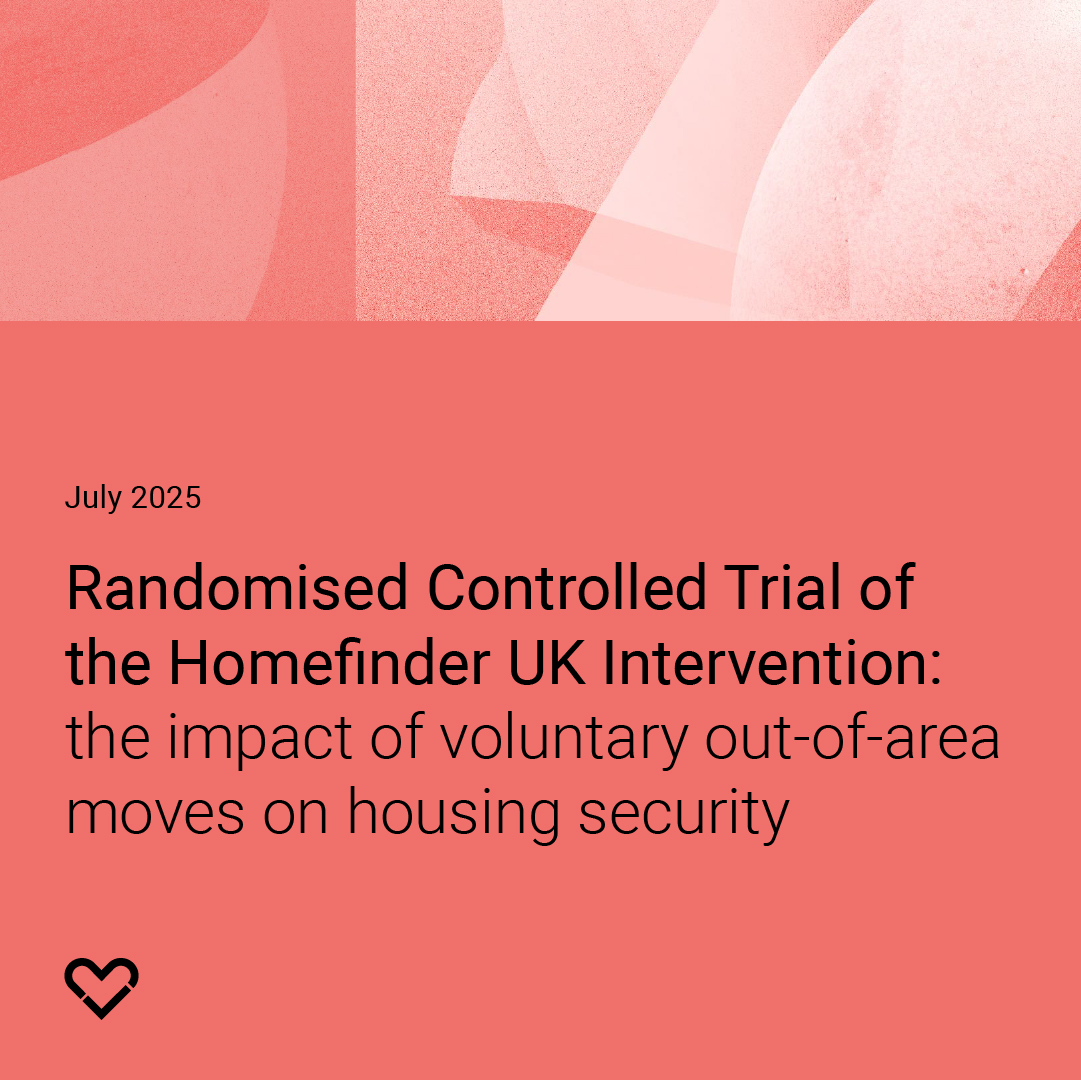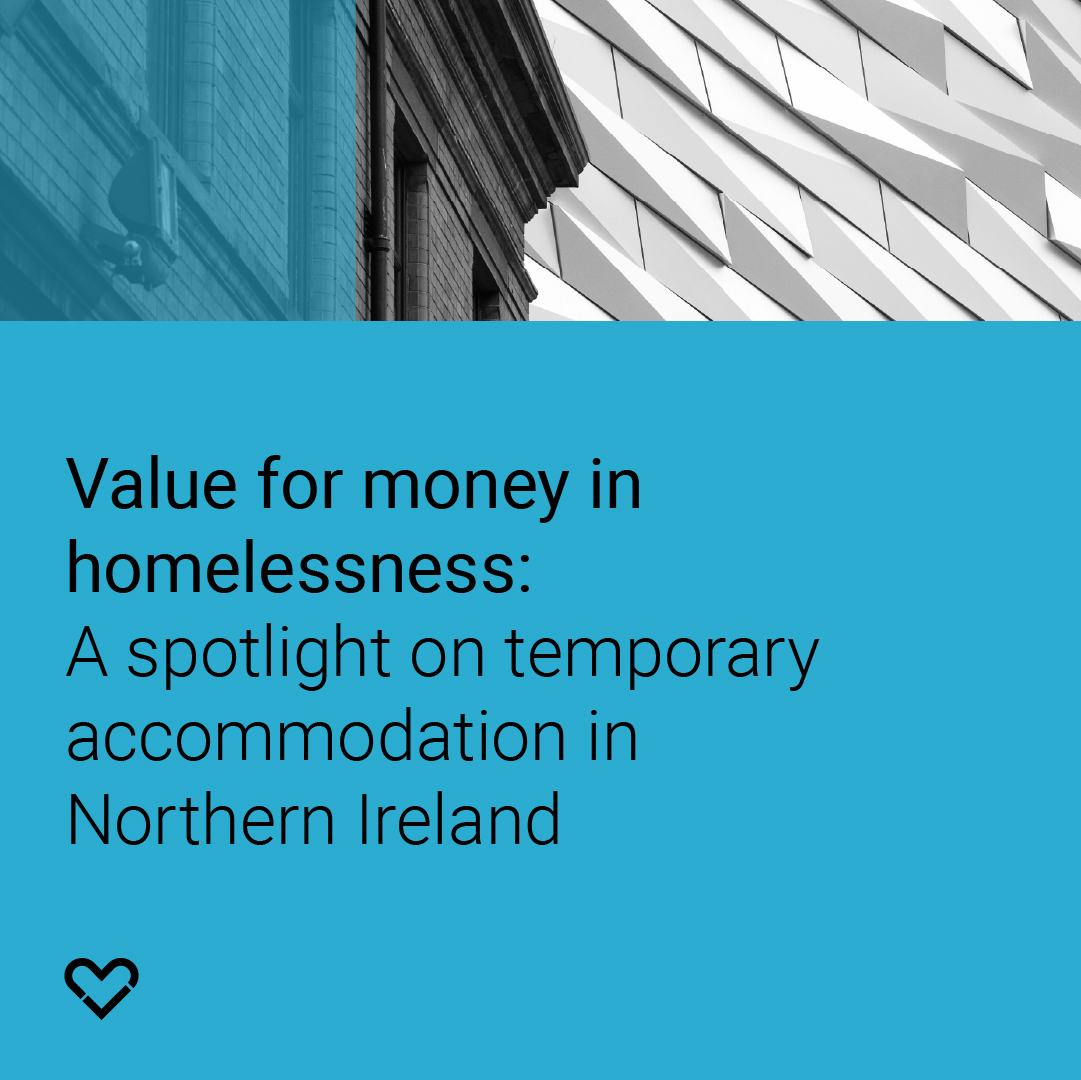Evidence Note: Support for Families Living in Temporary Accommodation
Households with children living in temporary accommodation is a growing problem facing all nations of the UK. Living in temporary accommodation, particularly for long periods, is harmful to children and their parents or carers and comes at great public expense. However, it also offers a valuable safety net to help avoid other types of homelessness. This evidence note explores ways to support families while they are living in temporary accommodation. This work must always run alongside efforts to prevent and end the use of temporary accommodation at an individual and systems level, locally and nationally.
In brief
This paper provides an overview of the evidence about how to effectively support households with children living in temporary accommodation. It is intended to provide a clear description of the types of interventions that should be considered by local authorities, local health services, national government and other organisations including voluntary and community organisations.
Recommendations
Households with children living in temporary accommodation should be provided with targeted support to address their needs and mitigate some of the negative outcomes they face in temporary accommodation. Support must be gender and culturally informed.
To target support, households with children in temporary accommodation need to be identified and, systematically offered support, proactively. Data sharing agreements, notification systems for schools and coordination between social services, education and health services are examples of tools to facilitate this.
Interventions to support families to move out of temporary accommodation into more secure tenancies need to be prioritised, and tested robustly. For example, discretionary housing payments could be used more regularly as rent subsidies to support move-on from temporary accommodation in a timely manner.
Interventions should be developed to integrate multiple approaches in a flexible way — for example incorporating housing support, health services, and practical guidance.
The views of those experiencing temporary accommodation locally, and consultation with organisations expert in working with this group should inform the design of interventions given the weakness of the evidence base around what works. These initiatives should be robustly evaluated to improve our understanding of what works, for whom, and why.
Efforts should focus on strengthening the evidence base for approaches that both support people currently in temporary accommodation but also accelerate pathways out of it.





.jpg)

